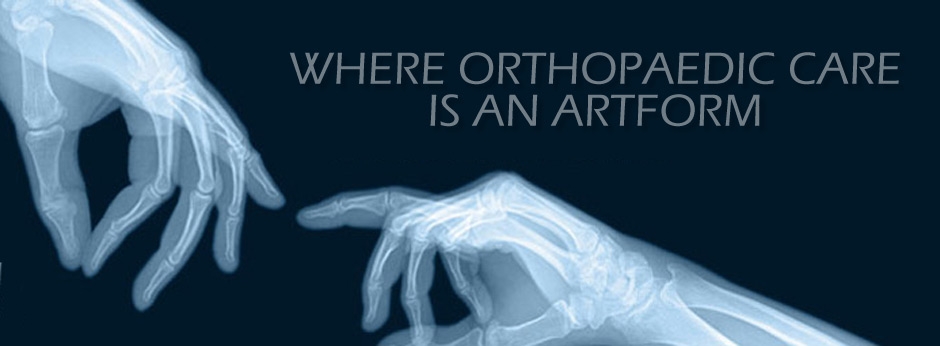Custom Fit Prosthesis - Knee
The Benefits of Custom Fit Knee Replacement
In the completion of a custom fit knee replacement, an MRI will be utilized for diagnostic purposes, and the creation of both a digital model of the natural knee and custom cutting guides. Being able to view and assess the damage present which will allow Dr. Abdallah to implement the most precise cutting and prosthetic fitting efforts possible.
In comparison to other knee replacement options, the custom fit approach should allow as little healthy bone and cartilage to be removed as possible, which will enable faster recovery and reduced post-operative pain.
Causes of Knee Damage
Knee damage may be progressive in nature or result from a specific injury event. Some conditions, such as osteoarthritis, will often emerge over time, resulting from use-related wear-and-tear or general aging. However, anyone may be subject to the trauma of a twisted or dislocated knee.
Dr. Abdallah will utilize basic strength and motion tests, as well as more advanced screenings. The goal will be to determine the full extent of injury, identify all specifics for correction, and recommend the most effective treatment approach .
Before and During the Surgery
Preliminary MRI and modeling efforts will likely be completed 1–3 weeks prior to the replacement operation, allowing sufficient time for prosthesis creation and surgical planning. During procedure, following the application of anesthesia, a trial implant will be placed in order to test the fit and identify any final elements for correction. Once the official prosthesis is placed, it will be secured with bone cement.
After operation, patient will likely be required to remain in the hospital for a period of care. While less invasive than some replacement operations, a custom fit replacement is still comprehensive in nature and will require special efforts to avoid complication or re-injury during the recovery period.







